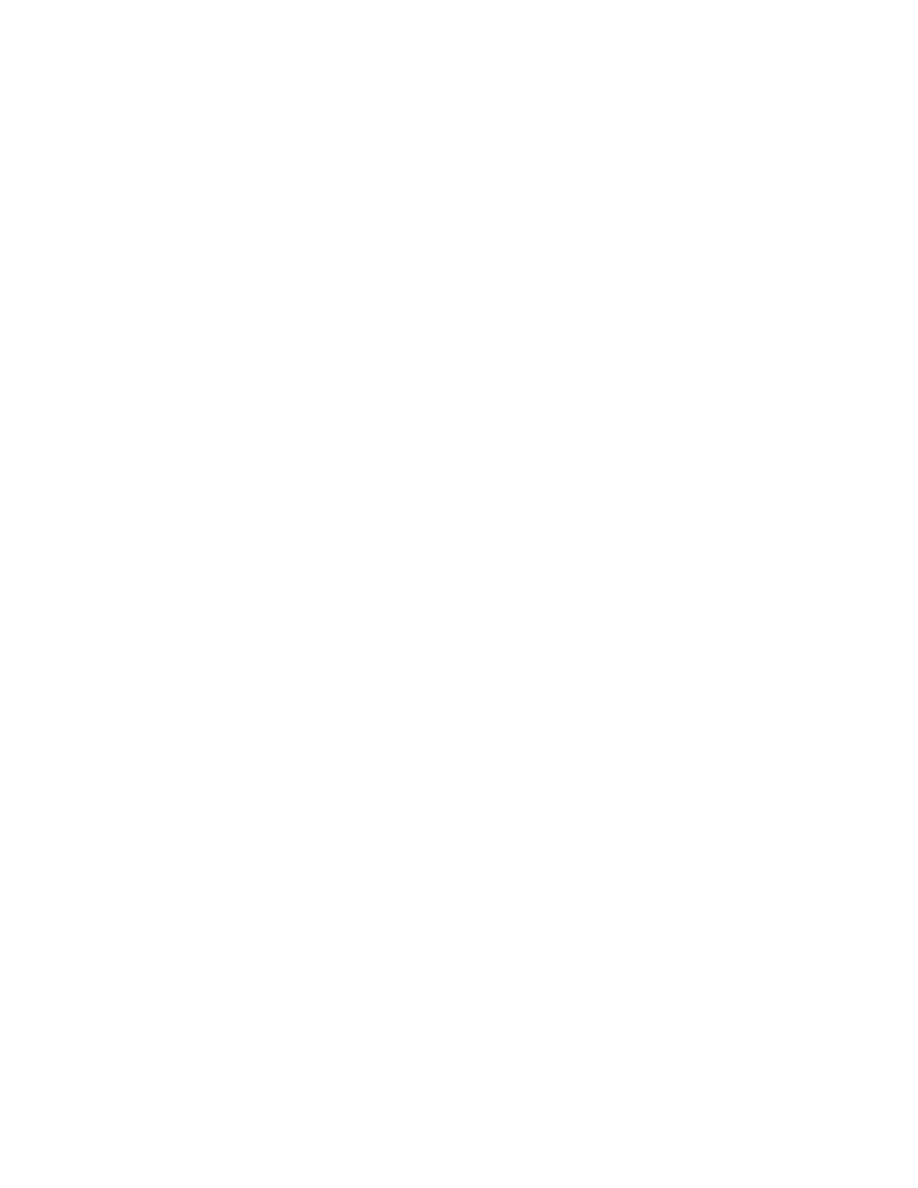
323
Federal Aviation Administration, DOT
§ 125.145
§ 125.127
Location of fuel tanks.
(a) Fuel tanks must be located in ac-
cordance with § 125.153.
(b) No part of the engine nacelle skin
that lies immediately behind a major
air outlet from the engine compart-
ment may be used as the wall of an in-
tegral tank.
(c) Fuel tanks must be isolated from
personnel compartments by means of
fume- and fuel-proof enclosures.
§ 125.129
Fuel system lines and fit-
tings.
(a) Fuel lines must be installed and
supported so as to prevent excessive vi-
bration and so as to be adequate to
withstand loads due to fuel pressure
and accelerated flight conditions.
(b) Lines connected to components of
the airplane between which there may
be relative motion must incorporate
provisions for flexibility.
(c) Flexible connections in lines that
may be under pressure and subject to
axial loading must use flexible hose as-
semblies rather than hose clamp con-
nections.
(d) Flexible hoses must be of an ac-
ceptable type or proven suitable for the
particular application.
§ 125.131
Fuel lines and fittings in des-
ignated fire zones.
Fuel lines and fittings in each des-
ignated fire zone must comply with
§ 125.157.
§ 125.133
Fuel valves.
Each fuel valve must—
(a) Comply with § 125.155;
(b) Have positive stops or suitable
index provisions in the ‘‘on’’ and ‘‘off’’
positions; and
(c) Be supported so that loads result-
ing from its operation or from acceler-
ated flight conditions are not trans-
mitted to the lines connected to the
valve.
§ 125.135
Oil lines and fittings in des-
ignated fire zones.
Oil lines and fittings in each des-
ignated fire zone must comply with
§ 125.157.
§ 125.137
Oil valves.
(a) Each oil valve must—
(1) Comply with § 125.155;
(2) Have positive stops or suitable
index provisions in the ‘‘on’’ and ‘‘off’’
positions; and
(3) Be supported so that loads result-
ing from its operation or from acceler-
ated flight conditions are not trans-
mitted to the lines attached to the
valve.
(b) The closing of an oil shutoff
means must not prevent feathering the
propeller, unless equivalent safety pro-
visions are incorporated.
§ 125.139
Oil system drains.
Accessible drains incorporating ei-
ther a manual or automatic means for
positive locking in the closed position
must be provided to allow safe drainage
of the entire oil system.
§ 125.141
Engine breather lines.
(a) Engine breather lines must be so
arranged that condensed water vapor
that may freeze and obstruct the line
cannot accumulate at any point.
(b) Engine breathers must discharge
in a location that does not constitute a
fire hazard in case foaming occurs and
so that oil emitted from the line does
not impinge upon the pilots’ wind-
shield.
(c) Engine breathers may not dis-
charge into the engine air induction
system.
§ 125.143
Firewalls.
Each engine, auxiliary power unit,
fuel-burning heater, or other item of
combusting equipment that is intended
for operation in flight must be isolated
from the rest of the airplane by means
of firewalls or shrouds, or by other
equivalent means.
§ 125.145
Firewall construction.
Each firewall and shroud must—
(a) Be so made that no hazardous
quantity of air, fluids, or flame can
pass from the engine compartment to
other parts of the airplane;
(b) Have all openings in the firewall
or shroud sealed with close-fitting fire-
proof grommets, bushings, or firewall
fittings;
(c) Be made of fireproof material; and
(d) Be protected against corrosion.
VerDate Sep<11>2014
08:20 May 17, 2019
Jkt 247048
PO 00000
Frm 00333
Fmt 8010
Sfmt 8002
Y:\SGML\247048.XXX
247048